Episodes
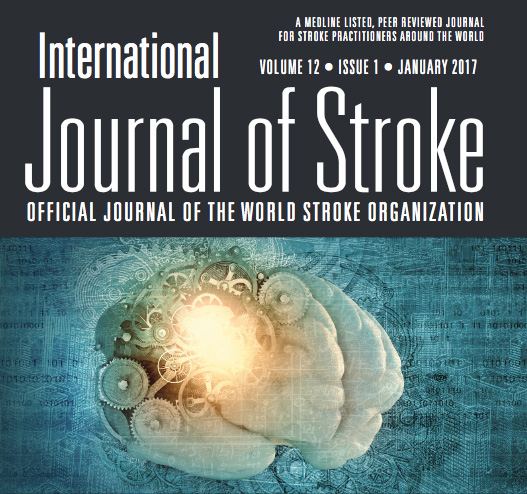
Sunday Apr 09, 2017
Sunday Apr 09, 2017
Thrombectomy has a small effect on hospital costs except for the direct intervention cost. However, thrombectomy is highly likely to lead to substantial cost savings in the social service sector.
My name is Carmen Lahiff-Jenkins and I’m the Managing Editor of the International Journal of Stroke and I spoke to Katarina Steen Carlsson, PhD in Economics, from the Department of Clinical Sciences, Malmö, Health Economics, Lund University, Sweden who with a team of researchers from Lund investigated the long-term cost-effectiveness of thrombectomy after thrombolysis versus thrombolysis alone using real-world outcome data on need for health care, home help and nursing home care.
This research has been published online in the International Journal of Stroke in the article Long-term cost-effectiveness of thrombectomy for acute ischaemic stroke in real life: An analysis based on data from the Swedish Stroke Register (Riksstroke)
The international Journal of Stroke is the flagship publication of the World Stroke Organisation, please consider becoming a member.

Sunday Apr 09, 2017
Sunday Apr 09, 2017
No comprehensive study exists on Mechanical Thrombectomy accessibility for patients admitted to a primary stroke center without on-site interventional neuroradiology services.
My name is Carmen Lahiff-Jenkins and I’m the Managing Editor of the International Journal of Stroke and I spoke to Dr Denis Sablot from the Centre Hospitalier de Perpignan, Neurologie, France and submitting author of Thrombectomy accessibility after transfer from a primary stroke center: analysis of a 3-year prospective registry, this article is available online at the International Journal of Stroke website, hosted by SAGE.
This podcast recordng was developed and produced by the World Stroke Organization.

Sunday Feb 12, 2017
Sunday Feb 12, 2017
Optimal secondary prevention of embolic stroke of undetermined source (ESUS) is not established. The current standard in these patients is acetylsalicylic acid (ASA), despite high prevalence of yet undetected paroxysmal atrial fibrillation (AF).
ESUS is caused by embolic disease and associated with a high risk of recurrent ischemic strokes and clinically silent cerebral ischemic lesions. The ATTICUS randomized trial will investigate the impact of AF detected by ICM and the effects of early anticoagulation with apixaban compared to antiplatelet therapy with ASA on the incidence of NIL after ESUS.
I’m Carmen Lahiff-Jenkins Managing Editor of the International Journal of Stroke and I spoke to Tobias Geisler, lead author for the Apixaban for treatment of embolic stroke of undetermined source (ATTICUS randomized trial) - Rationale and study design published in the International Journal of Stroke.

Sunday Feb 12, 2017
Sunday Feb 12, 2017
Impact of stroke education on middle school students and their parents: a cluster randomized trial a chat with João Pedro Marto
School students are an attractive target for stroke education due to the potential impact on stroke prevention and recognition. Additionally, these students can drive behavioral changes in their families. This trial, the results published in the International Journal of Stroke, found that school-based interventions might improve stroke knowledge in middle school students and their parents. I’m Carmen Lahiff-Jenkins, Managing Editor of the International Journal of Stroke and I spoke to lead author João Pedro Marto.
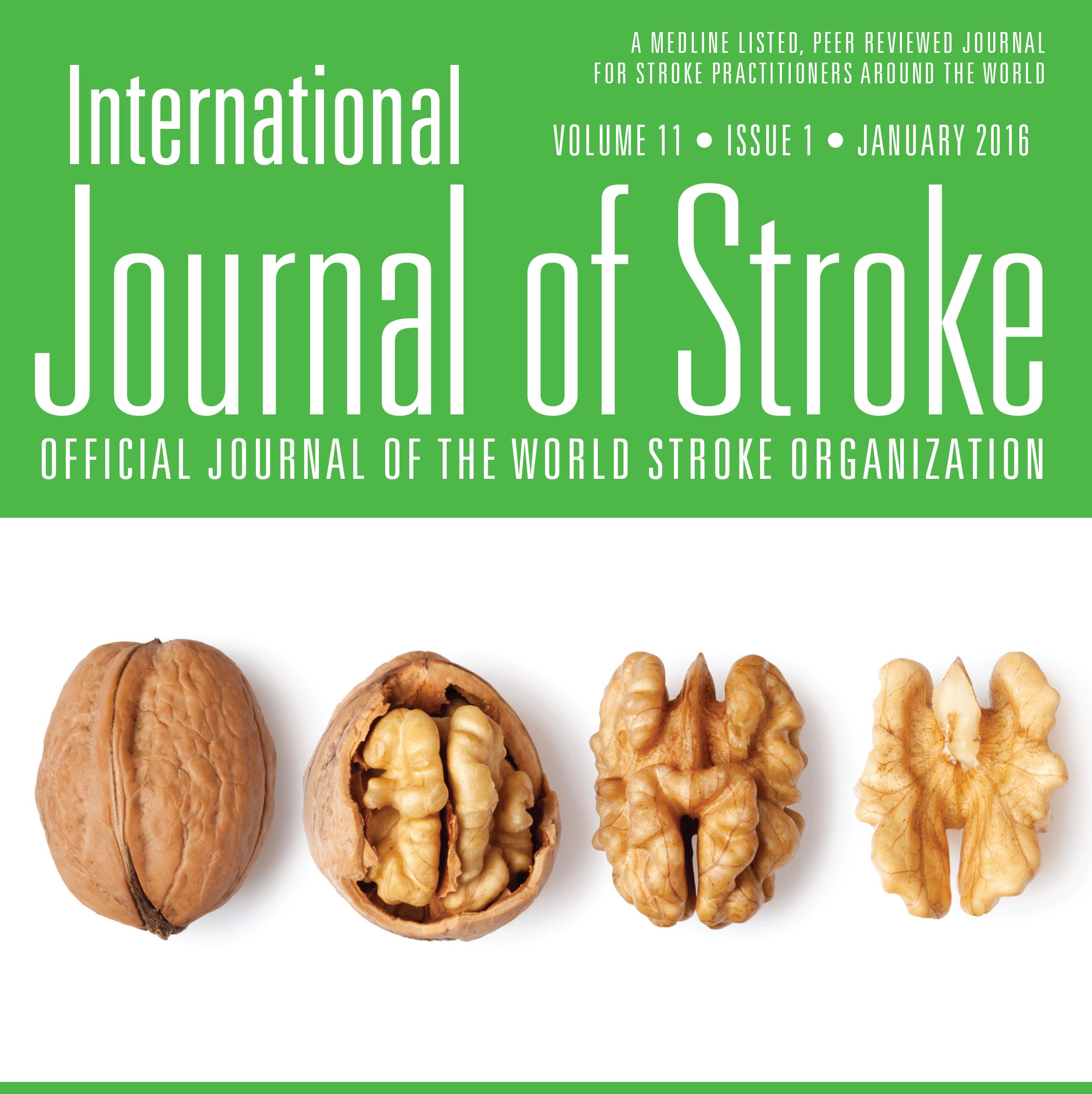
Sunday Nov 27, 2016
Global Stroke Statistics
Sunday Nov 27, 2016
Sunday Nov 27, 2016
The Global Stroke Statistics paper is up to date data on incidence, mortality, and case-fatality for stroke are important for setting the agenda for prevention and healthcare. Carmen Lahiff-Jenkins, Managing Editor of the International Journal of Stroke spoke to Tharshanah Thayabaranathan.
http://wso.sagepub.com/content/early/2016/10/27/1747493016676285.abstract

Monday Sep 26, 2016
Cheryl Carcel - Stroke Society Australasia
Monday Sep 26, 2016
Monday Sep 26, 2016
Cheryl Carcel's substudy, of the POISE study looked at unpaid and paid work after 12 months after stroke, she presented her data at the Stroke Society Australasia meeting in Brisbane.

Wednesday Sep 21, 2016
Wednesday Sep 21, 2016
CT-Angiography source images indicate less fatal outcome despite coma of patients in the Basilar Artery International Cooperation Study (BASICS) Carmen Lahiff-Jenkins, Managing Editor of the International Journal of Stroke spoke to author Lars-Peder Pellesen.

Tuesday Aug 30, 2016
1 year on, AVERT trial results
Tuesday Aug 30, 2016
Tuesday Aug 30, 2016
IJS Managing Editor, Carmen Lahiff-Jenkins spoke to Professor Julie Bernhardt at this years Stroke Society Australasia/APSC meeting in Brisbane.

Wednesday Jul 27, 2016
Wednesday Jul 27, 2016
Diffusion imaging of cerebral diaschisis in childhood arterial ischemic stroke, carmen Lahiff-Jenkins spoke to Adam Kirton submitting author.

Tuesday Jul 19, 2016
Albert Yoo and David Leibeskind talk collateral imaging SSA/APSC
Tuesday Jul 19, 2016
Tuesday Jul 19, 2016
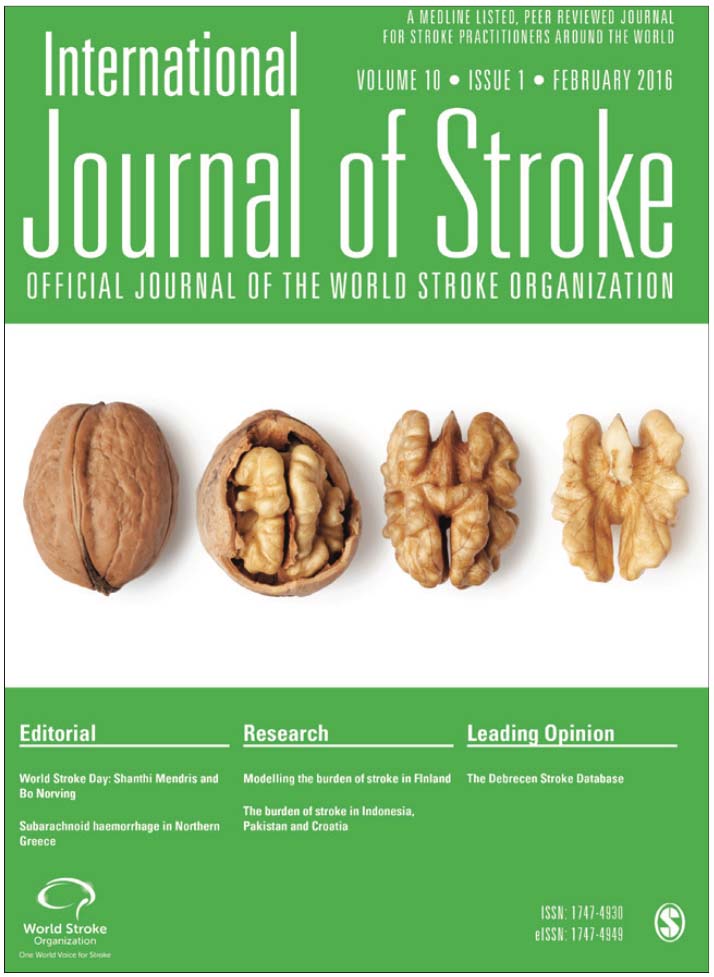
Monday May 02, 2016
Monday May 02, 2016
Moving rehabilitation research forward: Developing consensus statements for rehabilitation and recovery research
Stroke recovery is the next frontier in stroke medicine. While growth in rehabilitation and recovery research is exponential, a number of barriers hamper our ability to rapidly progress the field. Standardized terminology is absent in both animal and human research, methods are poorly described, recovery biomarkers are not well defined, and we lack consistent timeframes or measures to examine outcomes.
I’m Carmen Lahiff-Jenkins Managing Editor of the International Journal of Stroke and I spoke to Professor Julie Bernhardt who is a leading global stroke rehabilitation researcher and driving the consensus project and junior faculty member Dr Karen Borschmann.
You can find the first publication from the consensus Moving rehabilitation research forward: Developing consensus statements for rehabilitation and recovery research on line published with IJS.

Sunday Dec 06, 2015
Exercise physiology after stroke - Liam Johnson
Sunday Dec 06, 2015
Sunday Dec 06, 2015
Aislinn Grimley, work experience student with the International Journal of Stroke spoke to Dr Liam Johnson, from the Florey Institute of Neuroscience and Mental Health, about his work in Exercise physiology after stroke.

Tuesday Nov 24, 2015
Dar Dowlatshahi Young Stroke Professional
Tuesday Nov 24, 2015
Tuesday Nov 24, 2015
Intracerebral haemorrhage is still a major obstacle in stroke care, currently undergoing extensive international research. I'm Aislinn Grimley, on work experience here at the Journal of Stroke, and I'll be joining Carmen to speak with one of the major contributors in this area, Young Stroke Professional Dar Dowlatshahi.
The International Journal of Stroke is the flagship publication of the World Stroke Organisation. Please consider becoming a member, to contribute to reducing the burden of stroke worldwide.
http://www.world-stroke.org/about-wso/young-stroke-professionals

Monday Nov 16, 2015
Monday Nov 16, 2015
Research studies may ha ve limited generalisability when survivors of stroke with physical, language or cognitive impairments are excluded. I’m Carmen Lahiff-Jenkins and I spoke to Dominique Cadilhac submitting author of Do cognitive, language or physical impairments affect participation in a trial of self-management programs for stroke? to find out whether the presence of cognitive, language or global impairments affects participation in self-management programs.
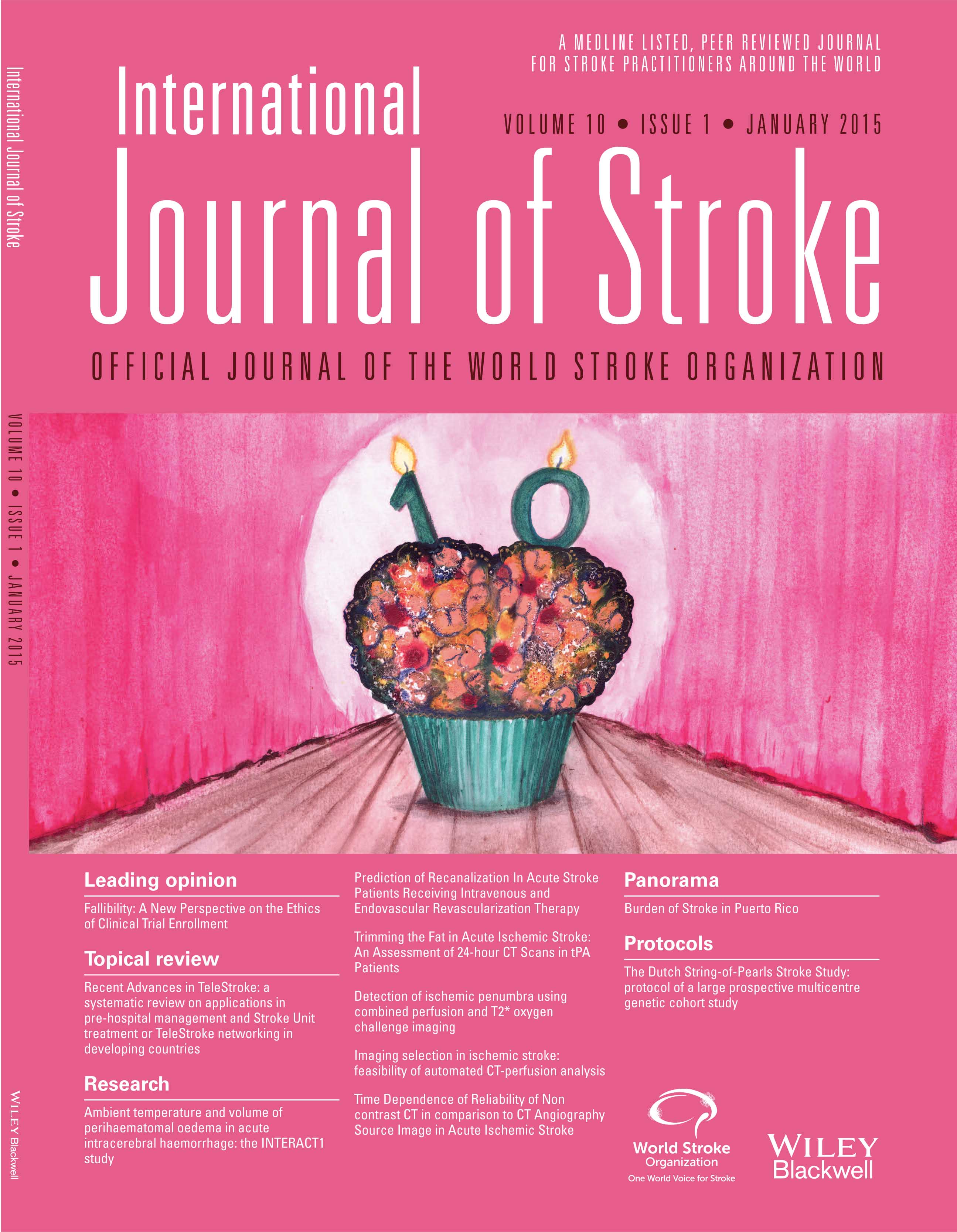
Thursday Nov 12, 2015
Thursday Nov 12, 2015

Wednesday Nov 11, 2015
Wednesday Nov 11, 2015

Wednesday Nov 11, 2015
Wednesday Nov 11, 2015

Wednesday Nov 11, 2015
Assessing cognition after stroke. Who misses out? Kylie J. Wall
Wednesday Nov 11, 2015
Wednesday Nov 11, 2015
Cognitive impairments post-stroke are common. Assessment of cognition typically involves pen-and-paper tasks, which are often reliant on linguistic and motor function, creating barriers for many stroke survivors. The characteristics of stroke survivors excluded from cognitive assessments have never been investigated.

Sunday Oct 11, 2015
Sunday Oct 11, 2015
In recent years the Internet has become an increasingly important tool for accessing health information and is being used more frequently to promote public health. You can find this article online.
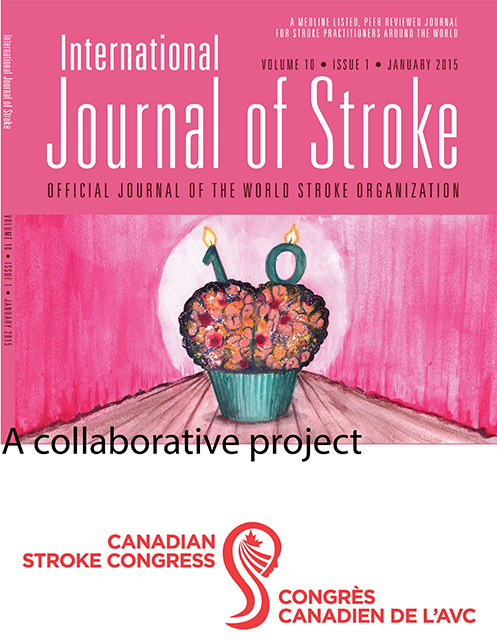
Wednesday Sep 16, 2015
Alexander Theil IJS and Canadian Stroke Congress
Wednesday Sep 16, 2015
Wednesday Sep 16, 2015

